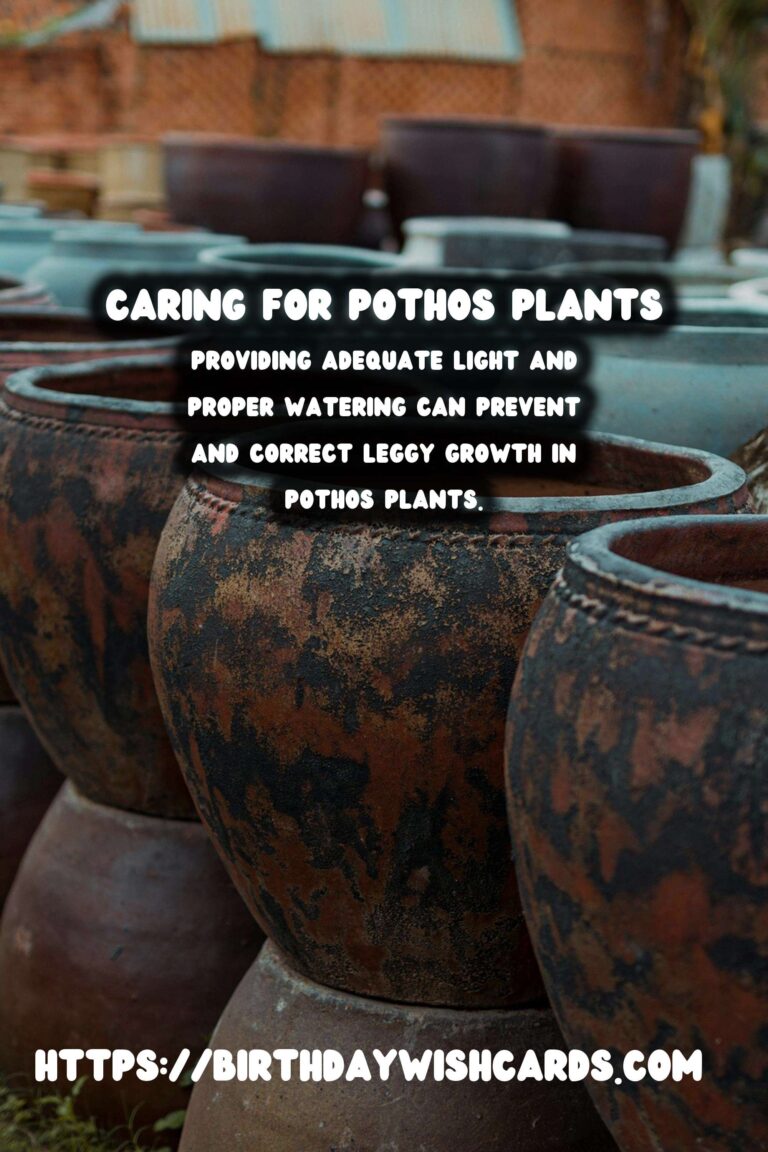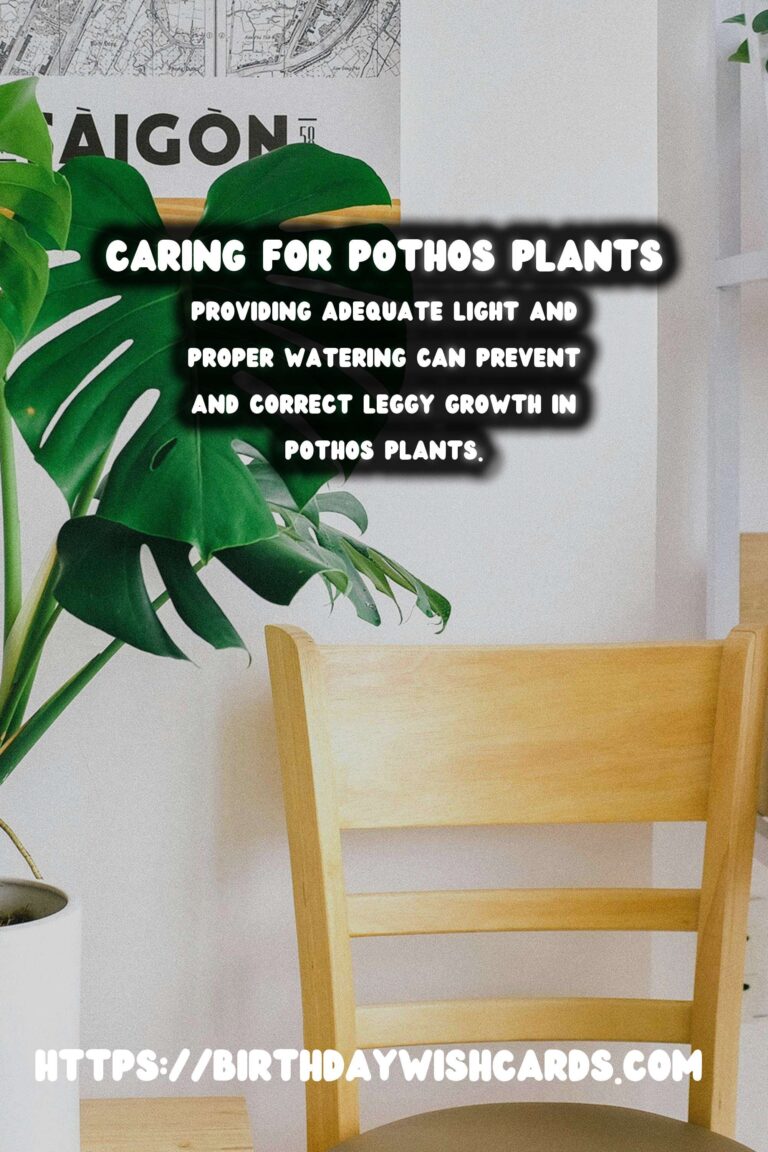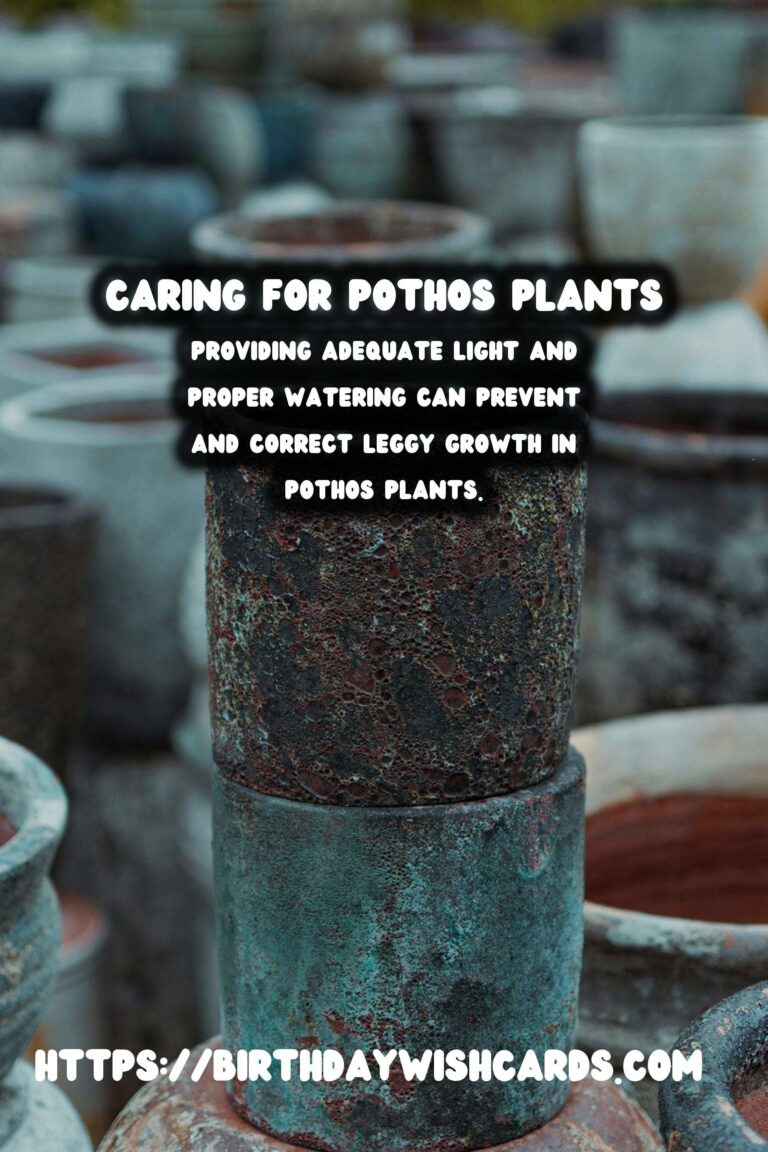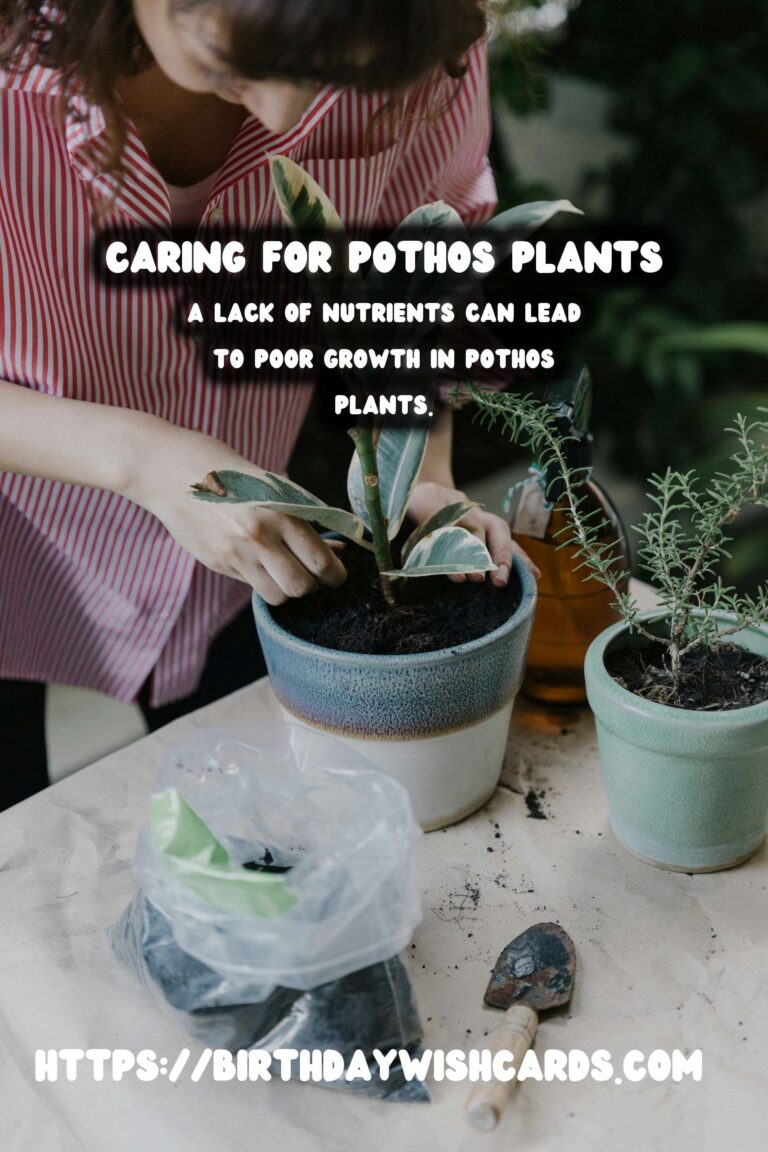
Pothos plants, also known as Epipremnum aureum, are popular houseplants cherished for their hardiness and vibrant foliage. However, one common issue that many plant enthusiasts encounter is leggy growth. This is characterized by long, sparse stems with leaves that are spaced far apart. Understanding the causes of leggy growth and implementing effective solutions can help you maintain a lush and healthy pothos plant.
Understanding Leggy Growth in Pothos Plants
Leggy growth in pothos plants is typically a sign that the plant is not receiving enough light. In an effort to reach more light, the plant grows longer stems, resulting in a sparse appearance. Other contributing factors can include improper watering, lack of nutrients, or a plant that is root-bound.
Solutions to Prevent and Correct Leggy Growth
Provide Adequate Light
The most common cause of leggy growth is insufficient light. Pothos plants thrive in bright, indirect sunlight. To prevent legginess, place your plant in a well-lit area, such as near a window with filtered light. If natural light is limited, consider using grow lights to supplement the plant’s needs.
Proper Watering Techniques
Overwatering or underwatering can stress a pothos plant and contribute to leggy growth. Ensure the plant is watered only when the top inch of soil feels dry. This typically means watering every 1-2 weeks, but frequency can vary depending on environmental conditions.
Prune Regularly
Regular pruning helps manage the plant’s size and encourages bushier growth. Cut back long, leggy stems just above a leaf node to promote new growth. Pruning not only helps control legginess but also rejuvenates the plant.
Check for Nutrient Deficiencies
A lack of nutrients can lead to poor growth. Feed your pothos with a balanced, water-soluble fertilizer every 4-6 weeks during the growing season. This ensures the plant has the necessary nutrients to grow healthily and vibrantly.
Repot When Necessary
If your pothos is root-bound, it may struggle to absorb water and nutrients, contributing to leggy growth. Gently remove the plant from its pot to check the roots. If they are densely packed, consider repotting the plant into a slightly larger container with fresh potting mix.
Conclusion
Addressing leggy growth in pothos plants involves understanding the underlying causes and implementing targeted solutions. By providing adequate light, ensuring proper watering, pruning regularly, checking for nutrient deficiencies, and repotting when necessary, you can maintain a healthy and aesthetically pleasing pothos plant. With these care tips, your pothos can thrive, displaying lush, full foliage that enhances any indoor space.
Pothos plants are popular houseplants cherished for their hardiness and vibrant foliage. Leggy growth in pothos plants is typically a sign that the plant is not receiving enough light. Providing adequate light and proper watering can prevent and correct leggy growth in pothos plants. Regular pruning helps manage the plant’s size and encourages bushier growth. A lack of nutrients can lead to poor growth in pothos plants. 









#PothosPlants #IndoorGardening #PlantCare #LeggyGrowth #Houseplants




